Earthquake Preparedness - Dos and Don'ts
Earthquakes can strike without warning, shaking the very ground beneath our feet and turning our world upside down. Being prepared is not just a smart choice; it’s a necessity. In this article, we will explore the essential dos and don'ts for earthquake preparedness, offering practical advice to help individuals and communities stay safe during seismic events. By understanding what actions to take and what to avoid, you can minimize the risk of injury or damage, ensuring you and your loved ones are ready to face the unexpected.
First and foremost, let's talk about the importance of awareness. Knowing the specific risks associated with earthquakes in your region is crucial. For instance, if you live in an area prone to seismic activity, you should be aware of the types of earthquakes that can occur and their potential impacts on your community, infrastructure, and personal safety. This knowledge empowers you to make informed decisions about how to prepare effectively.
Now, let’s dive into creating an emergency plan. An effective emergency plan is the backbone of your preparedness strategy. It should include communication strategies, evacuation routes, and designated meeting points for family members. Imagine the chaos that could ensue if everyone is trying to contact each other during an earthquake! Having a clear plan can save valuable time and reduce panic.
As part of your emergency plan, you’ll need to assemble an emergency kit. This kit can be a lifesaver during an earthquake, providing you with essential supplies when you need them most. Here are some critical items to include:
- Non-perishable food items
- Water (at least one gallon per person per day)
- First-aid supplies
- Flashlights and batteries
- Multi-tool or Swiss army knife
When it comes to food and water supplies, proper storage is essential for survival after an earthquake. Aim to store at least a three-day supply of food and water for each person in your household. Choose non-perishable items like canned goods, dried fruits, nuts, and energy bars. Don't forget to periodically check expiration dates and rotate your supplies to ensure freshness.
Equally important is having first aid and medical supplies readily available. You never know when an injury might occur, so it's critical to include items such as bandages, antiseptics, and any necessary medications in your emergency kit. A well-stocked first-aid kit can make a significant difference in a crisis.
Securing your home is another vital component of earthquake preparedness. Simple actions can significantly reduce damage during an earthquake. Start by reinforcing heavy furniture, securing bookshelves to the wall, and strapping down appliances. Consider making structural improvements to your home, such as installing steel braces or retrofitting your foundation. These measures can help keep your home safe when the ground starts to shake.
Practicing earthquake drills is essential for ensuring that everyone knows what to do when the moment comes. Regularly conducting drills at home, school, and work helps prepare individuals for real-life scenarios. It's like fire drills, but with a twist! Make it fun and engaging, so everyone feels confident and ready to act when an earthquake strikes.
Engaging your community can also enhance overall preparedness. Involve your neighbors and local organizations in preparedness efforts. Consider organizing community meetings or workshops to discuss earthquake safety and share resources. Building a culture of safety and resilience within your community can create a support network that can be invaluable during a disaster.
Lastly, don't forget about the little ones! Teaching children about earthquake safety is crucial. Use simple language and relatable scenarios to explain what they should do during an earthquake. Role-playing can be an effective way to educate kids, ensuring they feel confident and prepared when the ground starts to shake.
In conclusion, earthquake preparedness is a multifaceted endeavor that requires awareness, planning, and community involvement. By following these dos and don'ts, you can enhance your safety and that of your loved ones. Remember, being prepared means you can face the unexpected with confidence and resilience.
Q: How can I stay updated about earthquake risks in my area?
A: You can stay informed by following local news outlets, signing up for emergency alerts, and checking geological survey websites that provide real-time data on seismic activity.
Q: What should I do during an earthquake?
A: Drop, Cover, and Hold On! Get down on your hands and knees, cover your head and neck, and stay in place until the shaking stops.
Q: How often should I check my emergency kit?
A: It's advisable to check your emergency kit at least twice a year to ensure that supplies are up to date and in good condition.
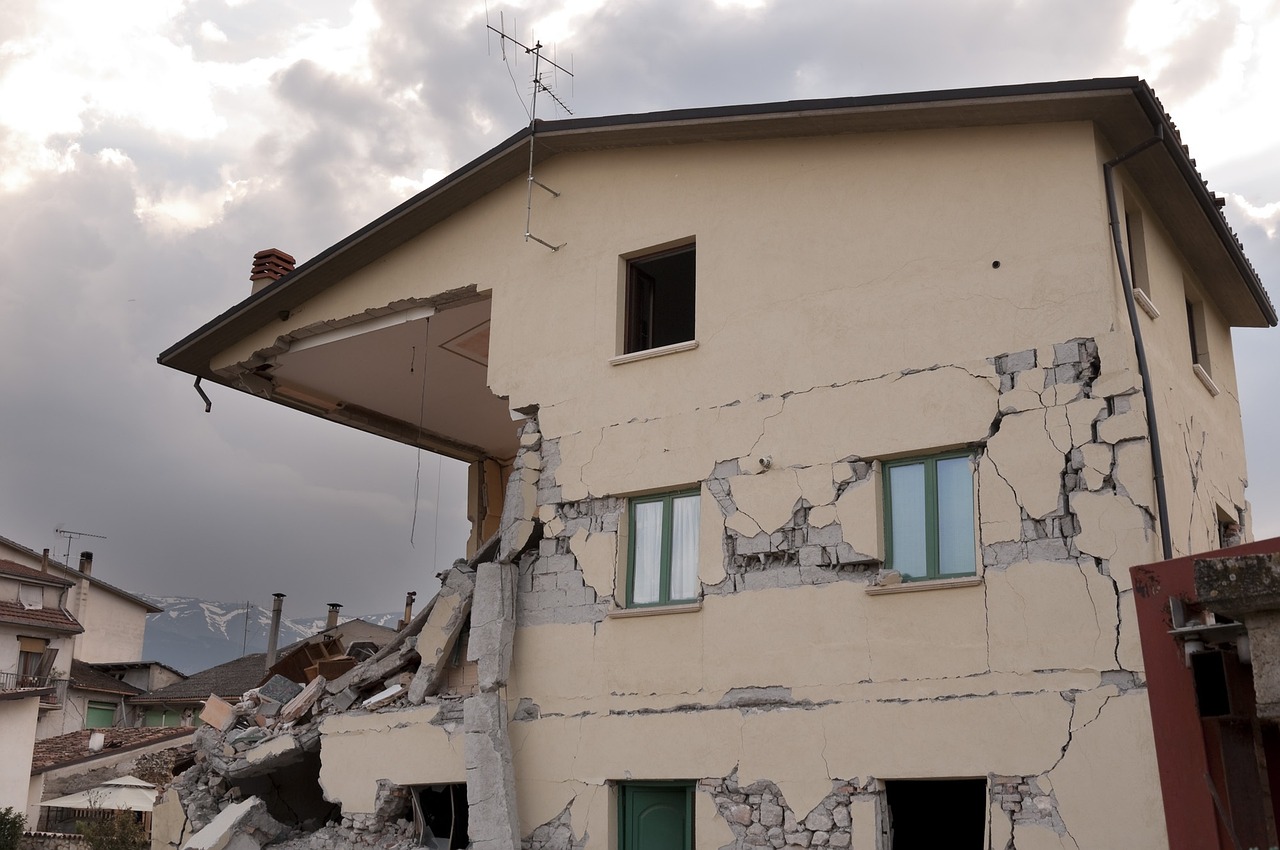
Understanding Earthquake Risks
When it comes to earthquakes, understanding the risks involved is your first line of defense. Earthquakes can strike suddenly, and their impacts can vary widely depending on several factors, including the magnitude, depth, and distance from populated areas. For instance, a magnitude 5.0 earthquake might feel like a minor tremor in one region, while in another, it could cause significant damage. This unpredictability is what makes earthquake preparedness so essential.
In many regions, especially those near tectonic plate boundaries, the risk of earthquakes is heightened. These areas experience what we call seismic activity, which can lead to various types of earthquakes, including:
- Shallow Earthquakes: Occurring at depths of less than 70 kilometers, these quakes tend to be more destructive.
- Intermediate Earthquakes: These happen between 70 and 300 kilometers deep and can still cause considerable shaking.
- Deep Earthquakes: Although they occur deeper than 300 kilometers, they can still be felt on the surface.
Additionally, the local geology plays a significant role in how seismic waves travel through the ground. For example, soft soil can amplify shaking, while solid rock might dampen it. This means that two buildings located just a few blocks apart can experience vastly different levels of shaking during the same earthquake.
Understanding the potential impacts of earthquakes on your community is vital. They can lead to:
- Structural Damage: Buildings, bridges, and roads can suffer significant damage, leading to costly repairs.
- Injuries and Fatalities: The chaos during an earthquake can lead to injuries from falling debris or panic.
- Utility Disruptions: Earthquakes can damage water, gas, and electricity lines, leading to further hazards.
To get a clearer picture of earthquake risks in your area, it's essential to consult local geological surveys and hazard maps. These resources can provide valuable insights into the likelihood of earthquakes and the specific risks associated with them. For instance, a seismic hazard map might show areas more prone to ground shaking, while a liquefaction susceptibility map can indicate regions where the ground could behave like a liquid during an earthquake.
In summary, being aware of the risks associated with earthquakes in your region can significantly enhance your preparedness efforts. The more you know about the types of earthquakes, their potential impacts, and the specific conditions of your area, the better equipped you'll be to take proactive measures to protect yourself and your loved ones during a seismic event.

Creating an Emergency Plan
When it comes to earthquake preparedness, having a well-thought-out emergency plan is not just a good idea—it's essential. Think of your emergency plan as a roadmap in a chaotic situation; it guides you and your loved ones to safety. The first step in creating this plan is to identify and communicate with all family members about what to do before, during, and after an earthquake. This means discussing your meeting points, communication strategies, and evacuation routes. Imagine the peace of mind that comes with knowing everyone is on the same page!
One key aspect of your emergency plan is establishing a designated meeting point. This should be a safe location outside your home where everyone can gather after an earthquake. It could be a neighbor's house, a nearby park, or any easily recognizable landmark. Make sure everyone knows how to get there, even in the event of blocked roads or fallen debris. Additionally, consider creating a backup meeting point in case the first one is inaccessible.
Next, communication is vital. In today's world, we often rely heavily on our smartphones, but during a disaster, cell networks can become overloaded or fail. Therefore, it's wise to have a plan that includes landline phones or alternative communication methods, like walkie-talkies. Establish a family member or friend who lives outside your area as a point of contact. This person can help relay messages and keep everyone informed about each other's safety.
Moreover, don’t forget to include your pets in your emergency plan. Just like you, they need to be accounted for during a disaster. Make sure you have a plan for their safety, including a pet emergency kit with food, water, and any medications they may need. It’s easy to overlook our furry friends, but they depend on us to keep them safe!
Lastly, practicing your emergency plan regularly ensures that everyone knows their roles and responsibilities. Schedule family drills to simulate an earthquake scenario. This not only helps to reinforce the plan but also allows you to identify any gaps that need addressing. The more prepared you are, the less panic you will experience when the real thing happens. So, grab your family, run through the plan, and make it a fun learning experience!
- What should I include in my emergency plan? Your emergency plan should include designated meeting points, communication strategies, and evacuation routes.
- How often should I practice my emergency plan? It’s recommended to practice your emergency plan at least twice a year to keep everyone familiar with the procedures.
- What if my family members are not together during an earthquake? Establish a point of contact outside your area to help relay messages and keep everyone informed.
- Should I prepare for my pets as well? Absolutely! Make sure to include your pets in your emergency plan and have a pet emergency kit ready.

Assembling an Emergency Kit
When it comes to earthquake preparedness, one of the most important steps you can take is assembling a well-stocked emergency kit. Imagine being in the midst of chaos, with the ground shaking beneath you and uncertainty in the air. Having an emergency kit ready can make all the difference in keeping you and your loved ones safe. But what should you include in this kit? Let's break it down.
Your emergency kit should contain a variety of essential items that cater to both immediate needs and long-term survival. Start with the basics: food and water. It's generally recommended to store at least one gallon of water per person per day for at least three days, along with non-perishable food items that can last for an extended period. Think canned goods, granola bars, and dried fruits. These items not only provide necessary nutrition but are also easy to store and prepare.
Next up, don't forget about first-aid supplies. Accidents can happen during an earthquake, and having a well-stocked first-aid kit can be a lifesaver. Your kit should include items like:
- Adhesive bandages
- Antiseptic wipes
- Gauze and tape
- Scissors
- Prescription medications
In addition to food, water, and first-aid supplies, consider including tools and equipment that might come in handy during an emergency. A multi-tool or Swiss Army knife can be invaluable, while a flashlight with extra batteries will help you navigate in the dark. Don't forget a whistle; it can be a crucial tool for signaling for help if you're trapped or need to attract attention.
Finally, personal documents and cash are often overlooked but are essential for recovery after a disaster. Store copies of important documents—such as insurance policies, identification, and medical records—in a waterproof bag. Having some cash on hand is also wise, as electronic payment systems may not be functioning immediately after an earthquake.
To summarize, here’s a quick checklist for your emergency kit:
| Item | Quantity |
|---|---|
| Water | 1 gallon per person per day (3-day supply) |
| Non-perishable food | 3-day supply |
| First-aid supplies | Complete kit |
| Multi-tool | 1 |
| Flashlight | 1 with extra batteries |
| Whistle | 1 |
| Important documents | Copies in waterproof bag |
| Cash | As needed |
By taking the time to assemble a comprehensive emergency kit, you're not just preparing for an earthquake; you're investing in peace of mind. Remember, being prepared is about more than just having supplies—it's about ensuring you have the tools to respond effectively when the unexpected occurs.
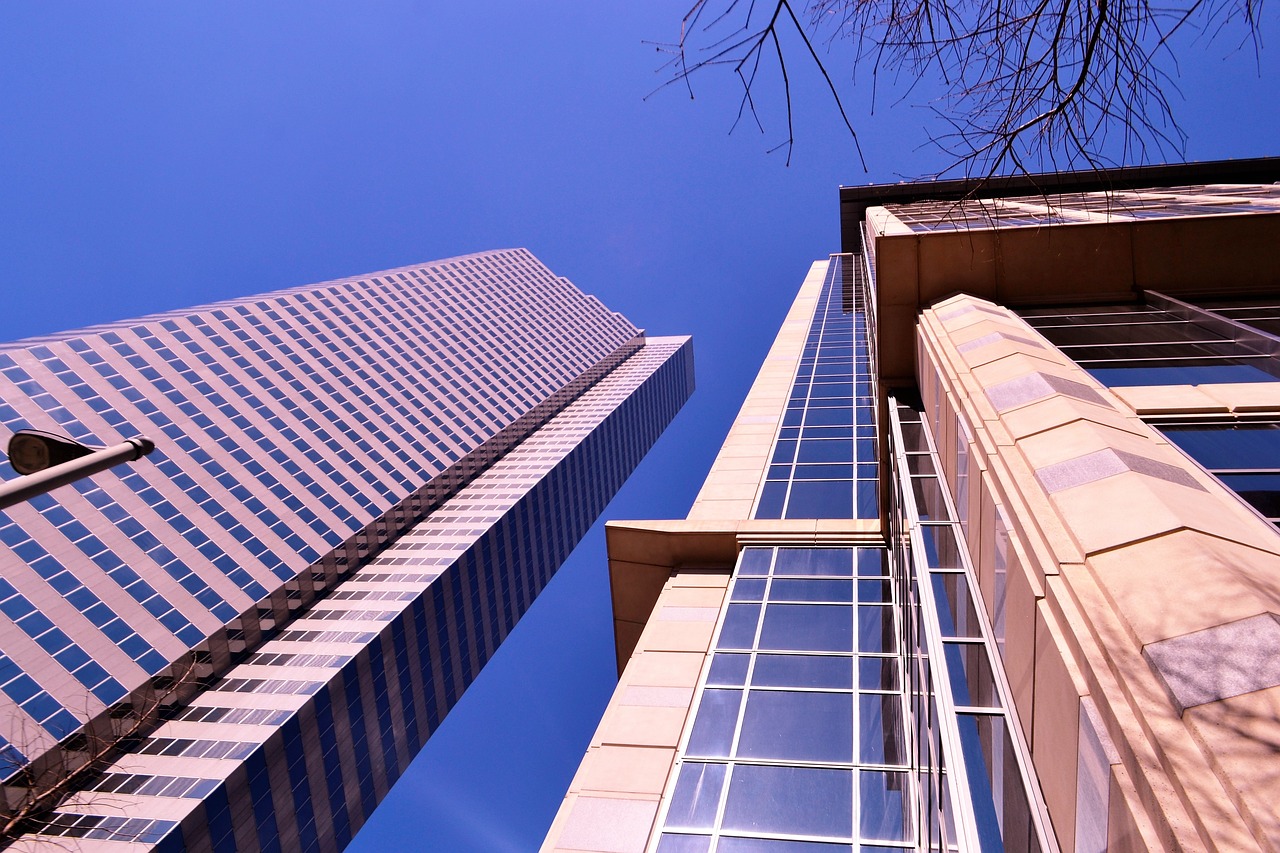
Food and Water Supplies
When it comes to earthquake preparedness, having adequate is not just a good idea; it’s a necessity. Imagine being caught in the aftermath of a quake, with the world around you in chaos, and realizing that you have nothing to eat or drink. The thought alone is enough to send chills down your spine! To avoid such a scenario, it’s essential to stock up on non-perishable food items and clean drinking water well in advance.
So, how much food and water should you store? A general guideline is to have at least one gallon of water per person per day for at least three days, along with a supply of food that can last for the same duration. However, it’s wise to aim for a two-week supply if possible. This ensures that you have enough resources during the critical period when help might not be immediately available. Consider items like canned goods, dried fruits, nuts, and energy bars, as they are not only nutritious but also have a long shelf life.
Moreover, when choosing food, think about the caloric density and ease of preparation. Foods that require minimal cooking or can be eaten straight from the package are ideal. For instance, canned soups and stews can provide warmth and comfort, while peanut butter packs a punch in terms of protein and energy. Don’t forget to include a manual can opener in your emergency kit, as you won’t want to struggle with a can of beans when you’re hungry!
Water is equally critical. If you’re storing bottled water, make sure to regularly check the expiration dates and replace any old bottles. Alternatively, you can fill your own containers with tap water, but remember to use food-grade containers and keep them in a cool, dark place to prevent contamination. To give you a clearer idea of how to manage your supplies, here’s a simple table to summarize:
| Item | Recommended Amount | Notes |
|---|---|---|
| Water | 1 gallon per person per day for at least 3 days | Store in a cool, dark place |
| Non-perishable Food | Enough for at least 3 days (ideally 2 weeks) | Canned goods, dried fruits, energy bars |
| Manual Can Opener | 1 | Essential for canned food |
In summary, preparing your food and water supplies is a vital step in earthquake preparedness. By planning ahead and ensuring you have the right items on hand, you can significantly increase your chances of staying safe and healthy in the event of a disaster. Remember, it’s better to be overprepared than underprepared!
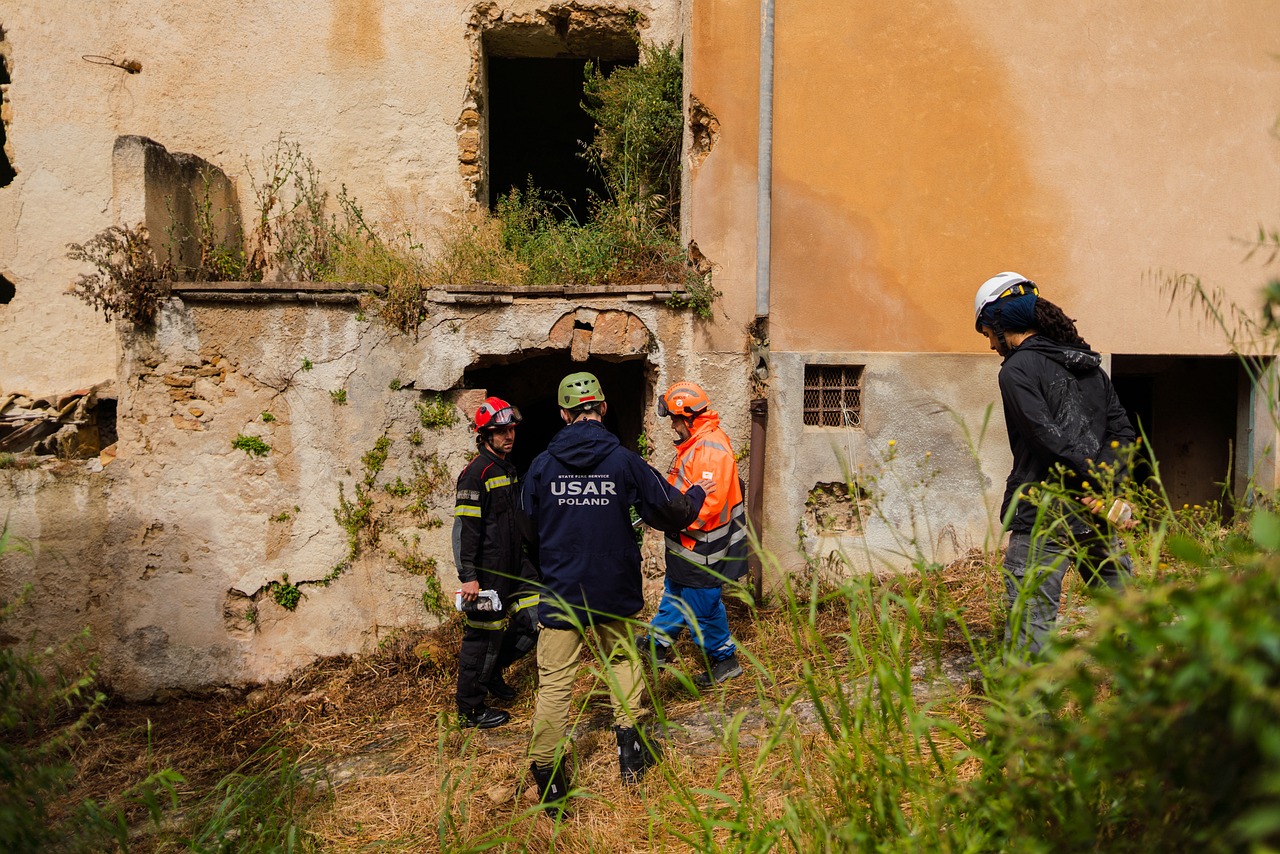
First Aid and Medical Supplies
When an earthquake strikes, the chaos can be overwhelming, and having a well-stocked first aid kit is not just a good idea; it's a necessity. Imagine a scenario where you or someone in your family gets injured, and medical help is delayed due to damaged roads or overwhelmed hospitals. This is where your preparedness pays off. A comprehensive first aid kit can be the difference between a minor issue and a major crisis. It's essential to include a variety of supplies to address different types of injuries and health concerns that may arise in the aftermath of an earthquake.
First, let's talk about the basics. Your first aid kit should include:
- Adhesive bandages in various sizes to cover cuts and scrapes.
- Gauze pads and adhesive tape for larger wounds.
- Antiseptic wipes to clean wounds and prevent infections.
- Antibiotic ointment to apply on cuts and scrapes.
- Elastic bandages for sprains or strains.
- Scissors and tweezers for cutting tape or removing splinters.
- Disposable gloves to protect yourself while treating others.
- Pain relievers such as ibuprofen or acetaminophen.
- Any personal medications needed for family members, such as asthma inhalers or allergy medications.
It’s also wise to include items that cater to specific needs. For instance, if you have family members with chronic conditions, ensure you have their medications stocked. You might also want to think about including a first aid manual or guide. This can be a valuable resource in case you need to perform first aid procedures that you're not familiar with.
In addition to these supplies, consider the unique needs of your family. For example, if you have young children, adding child-friendly medications or even a few comforting items like a favorite toy can help ease their anxiety during stressful times. Moreover, if you have elderly family members, ensure your kit includes any specific supplies they may require, such as adult diapers or mobility aids.
Lastly, don’t forget about the importance of regularly checking and updating your first aid kit. Supplies can expire, and it’s easy to forget what you have until you need it. Make it a habit to review your kit every six months, replacing any expired items and ensuring everything is in working order. Keeping your first aid kit stocked and ready can give you peace of mind, knowing that you are prepared to handle emergencies effectively.
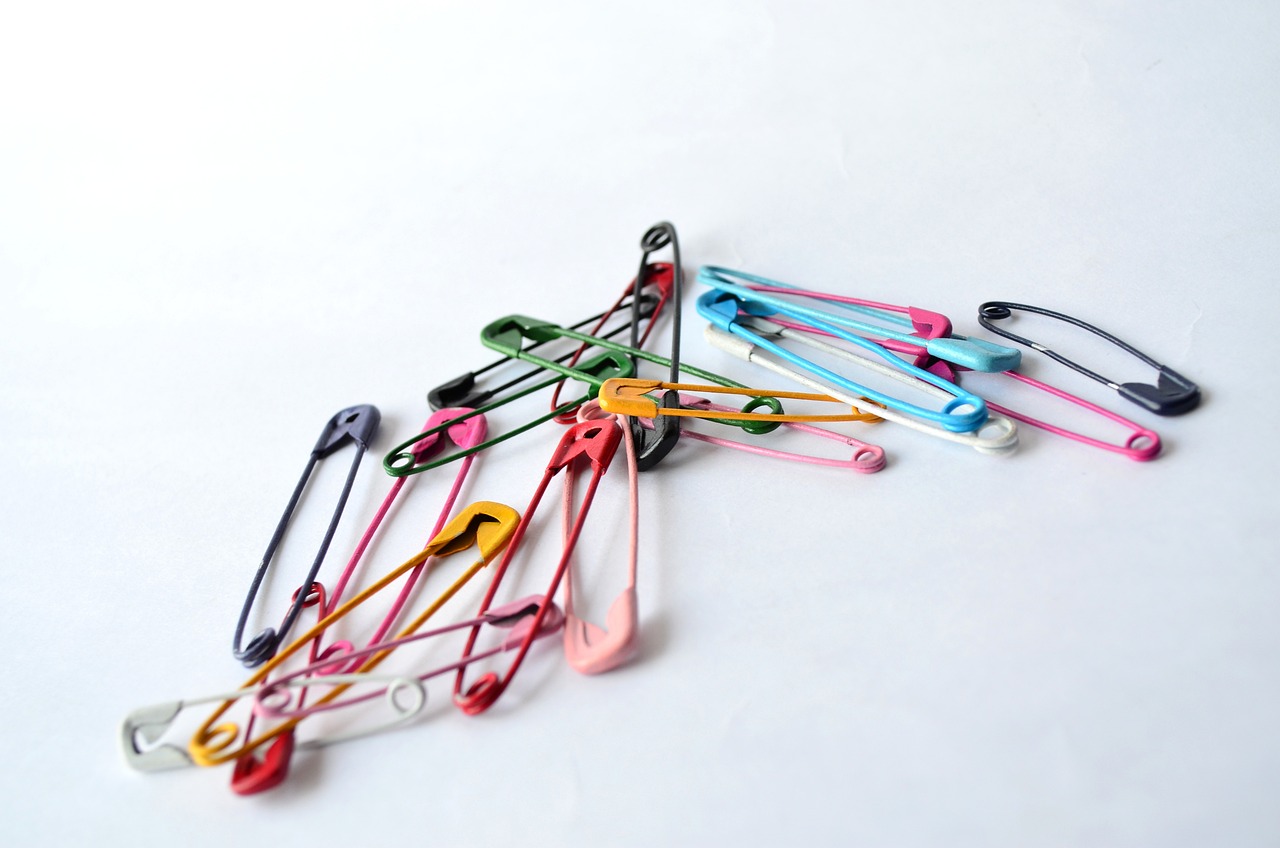
Securing Your Home
When it comes to earthquake preparedness, one of the most crucial steps you can take is . Think of your house as a fortress—it needs to be fortified against the unexpected tremors that can shake your world. Start by assessing your space: are there heavy furniture pieces or appliances that could topple over? If so, it’s time to take action! Securing these items can significantly reduce the risk of injury and damage during an earthquake.
One of the simplest methods to secure your furniture is to use brackets and straps. For instance, you can attach tall bookshelves to walls using L-brackets to prevent them from tipping over. Additionally, consider anchoring large appliances, like your refrigerator and water heater, to the wall. This proactive measure can save you from a considerable mess and potential hazards. Remember, it’s not just about securing furniture; it’s about creating a safe haven for your family.
Moreover, it’s vital to evaluate the structural integrity of your home. If your house is older, you might want to consult with a professional to check if it meets modern seismic standards. Reinforcing your foundation and ensuring that your home is bolted to its foundation can make a world of difference. In some cases, retrofitting your home with steel braces can provide added stability, acting like a safety net during those unpredictable shakes.
Don’t forget about your outdoor space! Secure any loose items in your yard, such as patio furniture, garden tools, and decorations. These objects can become dangerous projectiles during an earthquake, potentially causing harm to you or your neighbors. Consider storing them in a shed or securing them with weights. Additionally, if you have trees close to your home, ensure they are well-trimmed to avoid branches crashing down during a seismic event.
To summarize, here are key steps to keep your home safe:
- Secure heavy furniture and appliances with brackets and straps.
- Consult a professional for structural assessments and retrofitting options.
- Trim trees and secure loose outdoor items.
By taking these steps, you’ll not only protect your home but also provide peace of mind for your family. Remember, preparedness is not just about having a plan; it’s about creating a safe environment where you can weather any storm—or shake—together.
Q: How can I tell if my home is earthquake-ready?
A: Look for signs of structural weaknesses, such as cracks in the walls or ceilings. Consulting with a structural engineer can provide a comprehensive assessment.
Q: What are the best materials to use for securing furniture?
A: Use heavy-duty brackets, straps, and wall anchors specifically designed for earthquake safety. These materials can effectively secure furniture and appliances.
Q: Should I consider retrofitting my home?
A: If your home is older or built before modern seismic codes, retrofitting can significantly enhance its ability to withstand earthquakes. Consulting a professional is highly recommended.
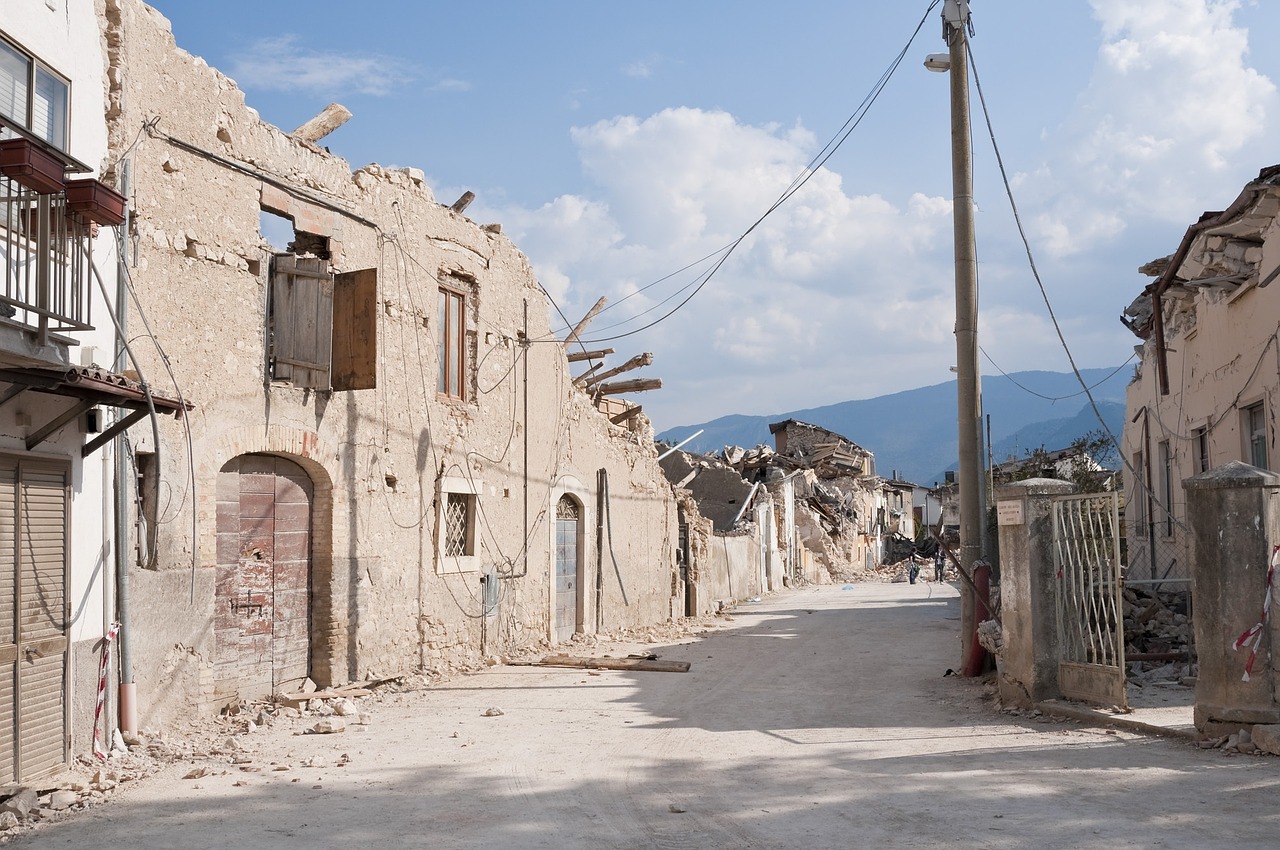
Practicing Earthquake Drills
When it comes to earthquake preparedness, one of the most effective strategies is regularly practicing earthquake drills. Imagine being in the middle of a bustling day when the ground starts to shake. Would you know what to do? Practicing drills ensures that everyone in your household or workplace is familiar with the necessary safety procedures, reducing panic and confusion when it matters most. It’s like rehearsing for a play; the more you practice, the better your performance will be when the curtain rises.
Start by selecting a specific date and time for your drills, and make it a routine. This consistency not only engrains the procedures into your memory but also helps to create a culture of preparedness. During the drill, gather everyone in your home or office and explain the importance of the exercise. Use this opportunity to discuss what to expect during an earthquake and how to react. Remember, communication is key! Make sure everyone knows the safest spots to take cover, such as under sturdy furniture or against an interior wall away from windows.
To make the drills more engaging, consider incorporating scenarios that mimic real-life situations. For instance, you could simulate a situation where family members are in different rooms or at different locations in a building. This will help individuals understand how to react when separated. Additionally, you can introduce elements such as loud noises or shaking effects to make it more realistic. After each drill, take a moment to debrief. Discuss what went well and what could be improved. This reflection is crucial for enhancing your preparedness.
It's also important to involve children in the drills. Kids often have a natural curiosity, so turning the drill into a fun learning experience can help them feel more confident. Use games or storytelling to explain the need for safety during an earthquake. For example, you can create a story where a superhero saves the day by knowing how to react during an earthquake. This not only educates them but also empowers them to take action when needed.
In addition to home drills, consider participating in community-wide earthquake preparedness exercises. These events often bring together local organizations and emergency services, providing a broader perspective on safety. Engaging with your community can help build a network of support, ensuring that everyone is on the same page when disaster strikes. Plus, it’s a great way to meet your neighbors and foster a sense of community spirit.
Finally, remember that preparedness doesn’t end with just practicing drills. Keep the momentum going by reviewing and updating your emergency plan regularly. Encourage everyone to share their thoughts and suggestions for improvement. By doing so, you’re not only enhancing your own safety but also contributing to a collective effort to create a more resilient community.
- How often should we practice earthquake drills? It’s recommended to practice at least twice a year to keep everyone familiar with the procedures.
- What should we do if someone is injured during a drill? Treat the situation seriously and ensure that first aid supplies are readily available. Practice how to assist the injured while maintaining safety.
- Can we use technology to enhance our drills? Absolutely! Consider using apps that simulate earthquakes or provide reminders for your drill schedules.

Involving the Community
When it comes to earthquake preparedness, the old saying "it takes a village" rings especially true. Involving your community can significantly enhance overall safety and resilience during seismic events. Think about it: when everyone is on the same page, the entire neighborhood becomes a fortress of readiness. But how do you foster this sense of community preparedness? It starts with open communication and collaboration.
One effective way to engage your neighbors is by organizing community meetings focused on earthquake preparedness. These gatherings can serve as a platform to share information on local risks, emergency plans, and available resources. You could even invite local emergency services to speak about what to expect during an earthquake and how to respond effectively. This not only empowers individuals but also builds a network of support among residents.
Additionally, consider forming a neighborhood preparedness group. This could be as simple as a group chat or a dedicated social media page where residents can share tips, updates, and resources. Regular updates on preparedness activities, such as drill dates or emergency kit checklists, can keep the momentum going. Here are a few ideas to get the ball rolling:
- Host workshops on how to create emergency kits.
- Organize practice drills to simulate earthquake scenarios.
- Share information about local resources, such as shelters and medical facilities.
Moreover, don’t underestimate the power of local schools and organizations in your community. Partnering with schools allows for educational programs that teach children and their families about earthquake safety. Engaging local businesses can also be beneficial; they can contribute resources or sponsor preparedness events. By working together, you create a culture of awareness and responsibility that extends beyond individual households.
Remember, preparedness is not just about having supplies; it’s about having a plan that everyone understands and can act upon. When neighbors know each other and have practiced their responses, the entire community becomes more resilient. So, reach out, get involved, and make earthquake preparedness a community effort. After all, in times of crisis, it’s the connections we’ve built that will help us navigate the challenges ahead.
Q: How can I find out more about my area's earthquake risks?
A: You can check with your local geological survey or emergency management office for specific information regarding earthquake risks in your region.
Q: What should I include in my community preparedness meetings?
A: Focus on sharing information about local risks, emergency plans, communication strategies, and resources available to residents. Consider inviting local emergency services for expert advice.
Q: How can I encourage my neighbors to participate in preparedness activities?
A: Start by organizing fun and informative events, like workshops or community drills. Use social media to keep everyone informed and engaged, and highlight the benefits of being prepared together.
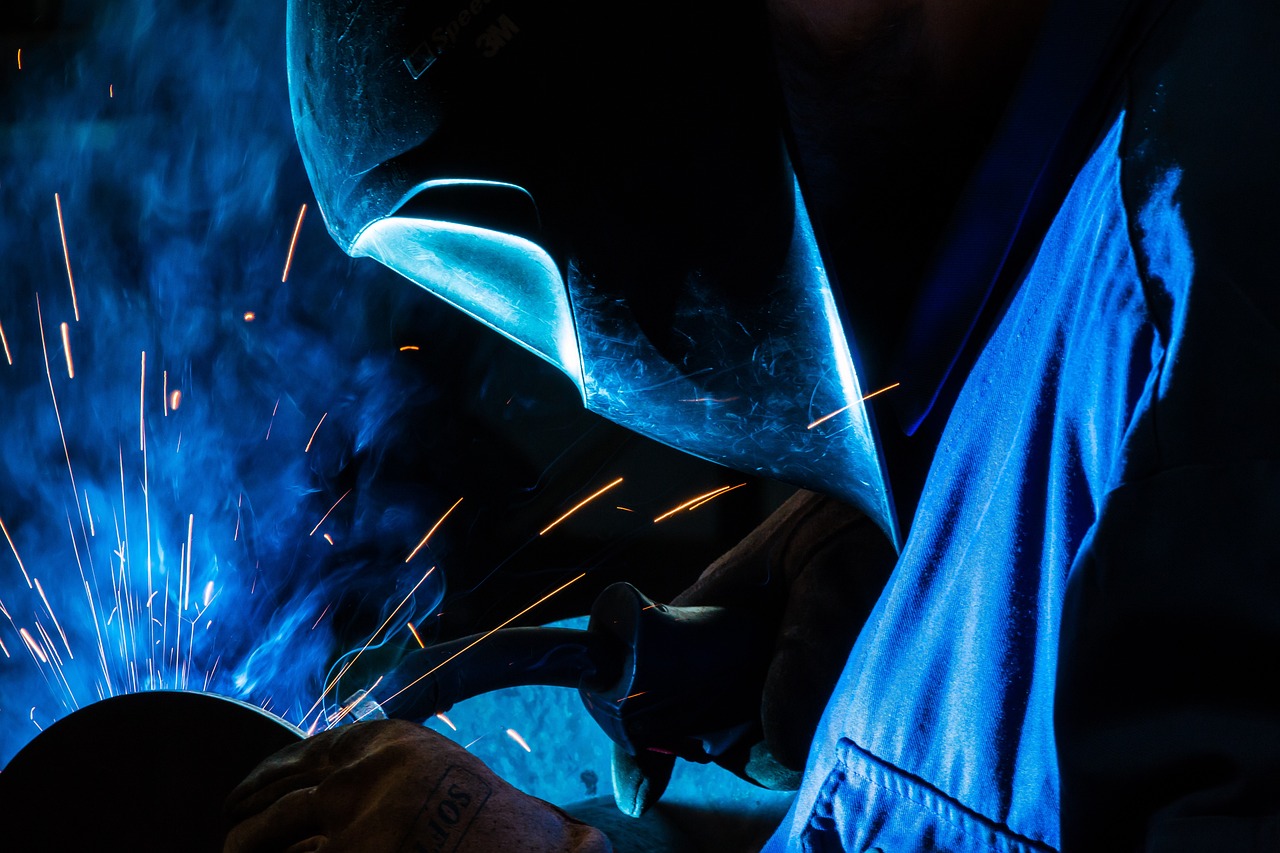
Educating Children
When it comes to earthquake preparedness, teaching children how to respond effectively can make a significant difference in their safety and confidence. Kids often look to adults for cues during emergencies, so it’s essential to equip them with the knowledge and skills they need. Start by explaining what an earthquake is in simple terms. You might say, "An earthquake is like when the ground shakes, almost like a giant is jumping up and down." This analogy helps them visualize the event without causing unnecessary fear.
Incorporating fun and interactive activities can enhance their learning experience. Consider organizing a family earthquake drill where everyone practices the “Drop, Cover, and Hold On” technique. This method teaches children to drop to their hands and knees, cover their heads and necks, and hold on to something sturdy until the shaking stops. Make it a game! You could even use a timer to see how quickly everyone can get into position. This not only makes the learning process enjoyable but also reinforces the importance of being prepared.
Additionally, it’s vital to discuss what to do after the shaking stops. Explain that they should check for injuries, avoid using elevators, and stay away from windows. You can use a visual aid like a chart or poster that illustrates these steps. Here’s a simple table to help you remember:
| Action | Description |
|---|---|
| Drop | Get down on your hands and knees to prevent being knocked over. |
| Cover | Protect your head and neck under a sturdy piece of furniture. |
| Hold On | Stay in position until the shaking stops and be ready to move with your shelter if it shifts. |
Moreover, storytelling can be a powerful tool. Share stories about how families have successfully navigated earthquakes, emphasizing the importance of preparedness. You could also encourage children to create their own emergency plans. Ask them questions like, "Where would you go if we had to leave the house?" or "What would you want to have with you?" This not only engages their critical thinking but also empowers them to take part in their safety.
Finally, don't forget to address their emotions. It’s natural for children to feel anxious about the thought of earthquakes. Encourage them to express their feelings and reassure them that it’s okay to be scared. Remind them that being prepared helps reduce fear. By fostering an open dialogue and creating a safe space for them to share their thoughts, you help build their resilience.
- How can I make earthquake preparedness fun for my kids? Use games, drills, and storytelling to engage them in a fun way.
- What should I include in a child-friendly emergency kit? Include items like snacks, water, a flashlight, and comfort items like a favorite toy.
- How often should we practice earthquake drills? Aim for at least twice a year to keep the information fresh and relevant.
Frequently Asked Questions
- What should I include in my emergency kit for an earthquake?
Your emergency kit should contain essential items such as non-perishable food, water (at least one gallon per person per day for three days), a flashlight, batteries, a first-aid kit, medications, and tools like a multi-tool or a whistle. Don't forget to add personal items like important documents and cash!
- How can I secure my home to minimize earthquake damage?
To secure your home, start by anchoring heavy furniture to the walls, securing large appliances, and reinforcing your foundation if necessary. You can also install latches on cabinets to prevent items from falling out during a quake. Think of your home as a ship; it needs to be anchored properly to weather the storm!
- How often should I practice earthquake drills?
It's recommended to practice earthquake drills at least twice a year. Just like fire drills, the more you practice, the better prepared you'll be. Gather everyone in your household and review your emergency plan so that everyone knows what to do when the ground starts shaking.
- What are the signs of an impending earthquake?
While predicting earthquakes is challenging, some signs may include unusual animal behavior or minor tremors known as foreshocks. However, these are not guarantees of an earthquake. It's always best to be prepared, regardless of any signs!
- How can I educate my children about earthquake safety?
Teach your children the "Drop, Cover, and Hold On" method. Make it fun by incorporating games or role-playing scenarios. Use simple language and visuals to explain what to do during an earthquake, so they feel confident and ready to act!
- What should I do immediately after an earthquake?
After an earthquake, check yourself and those around you for injuries. If it's safe, move to a clear area away from buildings and power lines. Listen to emergency broadcasts for instructions and avoid using your phone unless it's an emergency. Think of it as a post-race check; make sure everyone is okay before moving on!
- Are there specific earthquake risks in my area?
Yes, earthquake risks vary by region. Check with local geological surveys or disaster preparedness organizations to understand the specific risks and types of earthquakes that could occur in your area. Knowledge is power, so arm yourself with information!


















